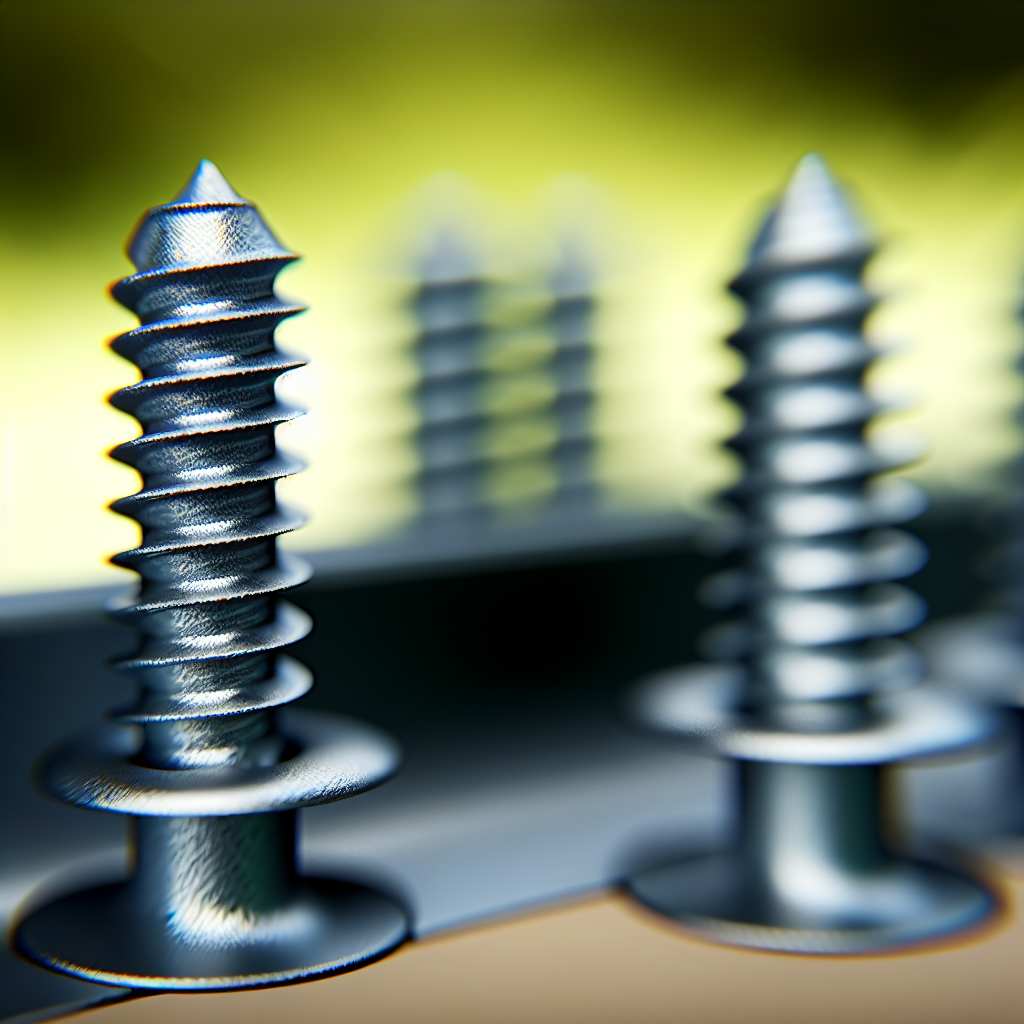Self-tapping screws are essential components in sheet metal fabrication and fitting, offering efficient solutions for securing materials like profile sheets without the need for pre-drilled holes. Their versatility makes them indispensable in construction, roofing, and industrial setups. In this article, we will explore the critical aspects of self-tapping screw profile sheet fitting, fabrication techniques, and welldigging methods to optimize your projects.
Understanding Self-Tapping Screws and Profile Sheet Fitting
Self-tapping screws are specially designed fasteners that create their own threading as they are driven into a material, eliminating the need for pre-drilled holes. When fitting profile sheets, such as metal roofing or cladding sheets, these screws offer several advantages:
- Ease of Installation: Their ability to tap their own threads reduces installation time and labor costs.
- Secure Attachment: They ensure a tight, secure fit even in challenging environments.
- Corrosion Resistance: Typically coated or made from corrosion-resistant materials suitable for outdoor applications.
In the context of sheet fitting, understanding the screw profile—such as the length, diameter, and head type—is vital. Proper selection guarantees optimal performance, preventing issues like leaks or material deformation. Additionally, considering the environmental factors helps determine whether to opt for coated or stainless steel screws that withstand corrosion and weathering.
Fabrication and Welldigging Techniques for Optimal Results
Effective fabrication involves precise planning and meticulous execution, especially when integrating self-tapping screws with profile sheets. Here are key techniques to ensure quality and durability:
- Pre-Drilling vs. Self-Tapping: While self-tapping screws eliminate the need for pre-drilled holes, in certain high-stress applications or thicker materials, pre-drilling can improve accuracy and prevent material splits.
- Proper Screw Installation: Using the right tools, such as electric drills with torque settings, helps maintain consistent fastening without over-tightening, which could deform the sheet or strip the screw threads.
- Welldigging for Secure Fittings: In specific cases, especially for foundational or underground structures, welldigging complements screw fittings by providing a reinforced base. Careful excavation, ground stabilization, and the use of quality welldigging materials contribute to a robust setup.
Implementing efficient fabrication practices combined with proper welldigging methods results in long-lasting, weatherproof, and structurally sound assemblies. This integrated approach minimizes maintenance needs and enhances overall project safety.
In conclusion, mastering self-tapping screw profile sheet fitting, along with precise fabrication and welldigging techniques, significantly benefits construction and metal fitting projects. Selecting the right screw profile, employing optimal installation practices, and ensuring proper ground preparation are critical for achieving durable and secure results. By understanding these elements, you can improve project efficiency and longevity.
